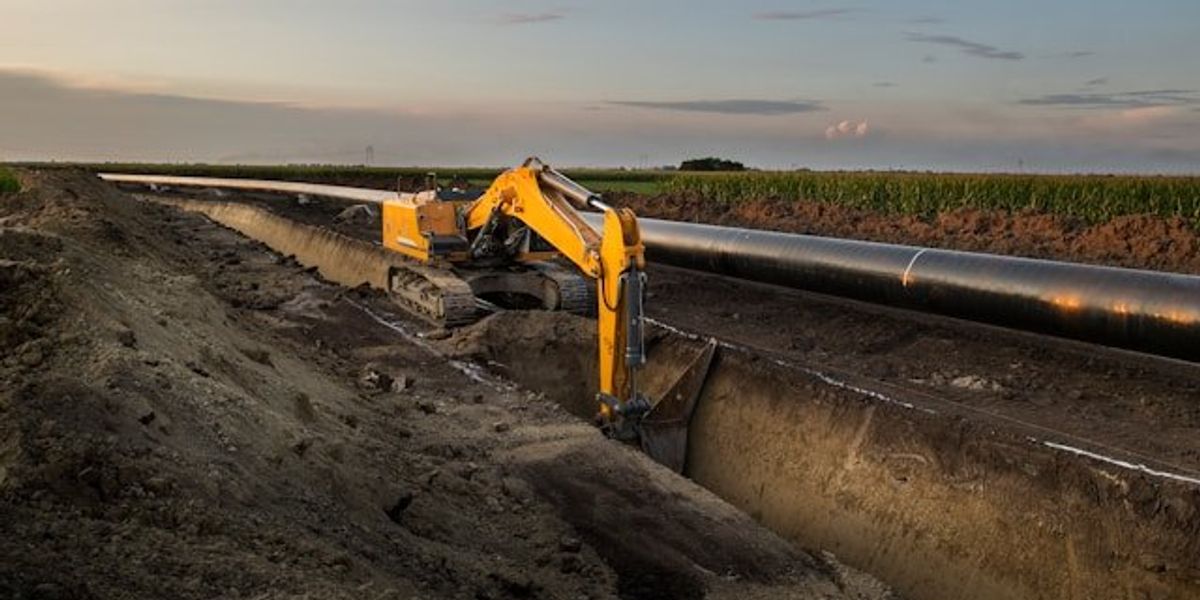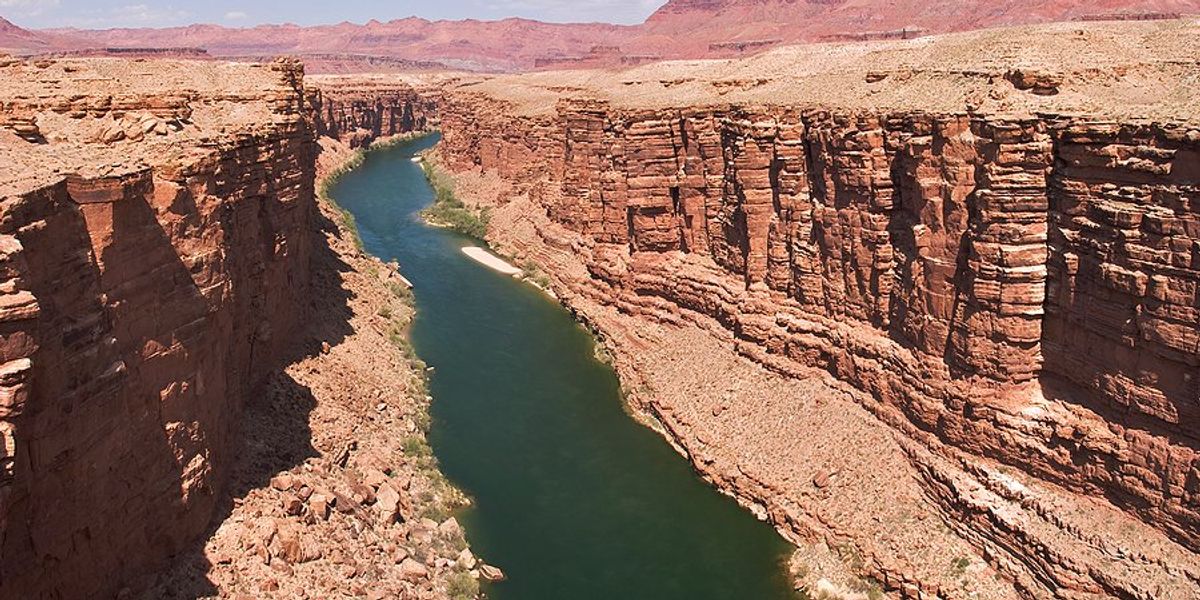Citizen science apps like iNaturalist are reshaping wildlife research and conservation
In April, tens of thousands of volunteers worldwide recorded millions of wildlife sightings through apps like iNaturalist, generating vital biodiversity data now being used in environmental research and policymaking.
Kiley Price reports for Inside Climate News.
In short:
- The City Nature Challenge drew more than 100,000 participants in April who used the iNaturalist app to document over 3.3 million observations of 73,000+ species, including many endangered ones.
- Researchers are increasingly using this crowdsourced data — if verified as “research-grade” — in thousands of scientific studies and federal environmental reviews under the National Environmental Policy Act.
- While limitations include geographic and seasonal bias, citizen science apps are empowering users across demographics and abilities to contribute to climate and conservation research.
Key quote:
“It gives people who may not have a college education the ability to do science, and science that’s publishable.”
— Michael Friedman, visiting biology professor at the Pratt Institute
Why this matters:
Amateur naturalists with smartphones are changing the way we gather environmental data. In an era when formal environmental research faces political pushback and funding cuts, especially under President Trump’s renewed regulatory rollbacks, these citizen science apps help fill critical knowledge gaps. They generate millions of data points on species sightings, migration patterns, and habitat changes — data now being used in academic research and even government decisions about development and conservation. Apps like iNaturalist and Merlin don’t just collect photos and sounds; they build bridges between science and the public, giving voice to everyday observations. As biodiversity declines and climate change accelerates, this massive digital archive of life could become an essential tool in tracking and defending ecosystems worldwide.













